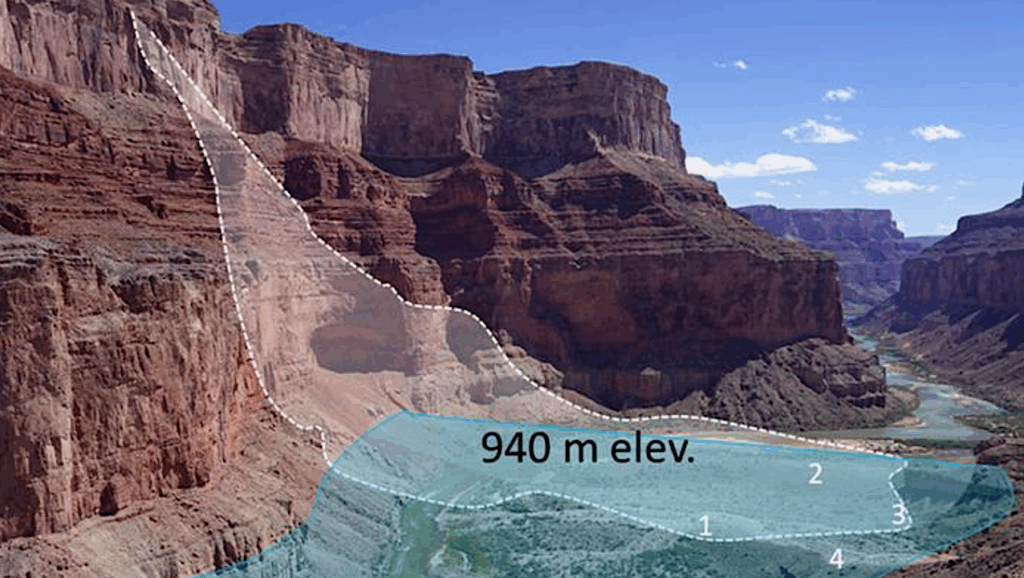Trends In Silicates In The β Pictoris Disk

While beta Pic is known to host silicates in ring-like structures, whether the properties of these silicate dust vary with stellocentric distance remains an open question.
We re-analyze the beta Pictoris debris disk spectrum from the Spitzer Infrared Spectrograph (IRS) and a new IRTF/SpeX spectrum to investigate trends in Fe/Mg ratio, shape, and crystallinity in grains as a function of wavelength, a proxy for stellocentric distance. By analyzing a re-calibrated and re-extracted spectrum, we identify a new 18 micron forsterite emission feature and recover a 23 micron forsterite emission feature with a substantially larger line-to-continuum ratio than previously reported.
We find that these prominent spectral features are primarily produced by small submicron-sized grains, which are continuously generated and replenished from planetesimal collisions in the disk and can elucidate their parent bodies’ composition.
We discover three trends about these small grains: as stellocentric distance increases, (1) small silicate grains become more crystalline (less amorphous), (2) they become more irregular in shape, and (3) for crystalline silicate grains, the Fe/Mg ratio decreases. Applying these trends to beta Pic’s planetary architecture, we find that the dust population exterior to the orbits of beta Pic b and c differs substantially in crystallinity and shape. We also find a tentative 3-5 micron dust excess due to spatially unresolved hot dust emission close to the star. From our findings, we infer that the surfaces of large planetesimals are more Fe-rich and collisionally-processed closer to the star but more Fe-poor and primordial farther from the star.
Cicero X. Lu, Christine H. Chen, B. A. Sargent, Dan M. Watson, Carey M. Lisse, Joel D. Green, Michael L. Sitko, Tushar Mittal, V. Lebouteiller, G. C. Sloan, Isabel Rebollido, Dean C. Hines, Julien H. Girard, Michael W. Werner, Karl R. Stapelfeldt, Winston Wu, Kadin Worthen
Comments: 19 pages, 12 figures, Accepted for Publication in ApJ
Subjects: Earth and Planetary Astrophysics (astro-ph.EP); Solar and Stellar Astrophysics (astro-ph.SR)
Cite as: arXiv:2205.09138 [astro-ph.EP] (or arXiv:2205.09138v1 [astro-ph.EP] for this version)
Submission history
From: Cicero Lu
[v1] Wed, 18 May 2022 18:00:18 UTC (4,793 KB)
https://arxiv.org/abs/2205.09138
Astrobiology








